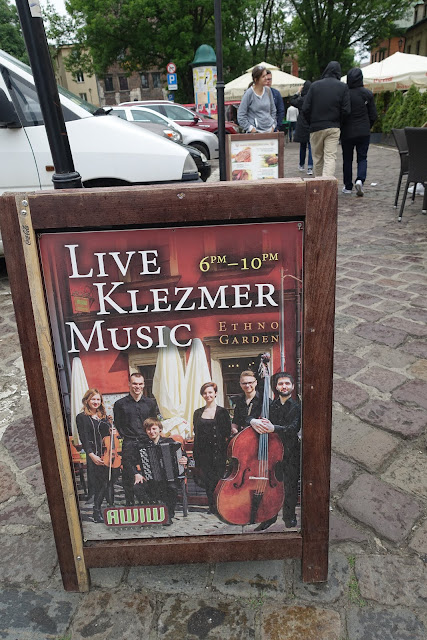Lithuania is one of the Baltic States, squeezed between Latvia, Belarus, Poland and Russia. In 1990, it was the first state to assert its independence from Soviet control; and the Soviet Army finally withdrew in 1993. It has been a member of the European Union and NATO only since 2004. The country had a lot of economic catching up to do.
Vilnius is the capital. I was impressed with how European and modern it feels. There is much new construction and industry around technology. A lot of serious work has been accomplished and much remains to be done.
For fun, Vilnius has within its borders a separate country called the Uzupis Republic. Sort of like Vatican City embedded within the City of Rome. Except that Uzupis is more of a joke, or a hippie commune, or artists' version of a frat party. Although it is merely a district within the city of Vilnius, it has its own constitution. No neckties allowed. There are 41 points in the constitution; each is a sentence long. Everyone has the right to idle. Everyone has the right to die, but this is not an obligation. Some contradict each other. Do not fight back. Do not surrender.
You can buy a visa to visit, but you don't have to.
 |
| Sign of Entry into Uzupis Republic |
 |
| Bridge over the River Vilnele; Lovers' Locks in the Foreground, Drinking Party on the Bank in Background |
 |
| Place to Buy a Visa |
 |
| Fabulous Guide Svetlana Shtarkman in front of Uzupis' symbol of hole in hand signifying Poverty |
 |
| Exiting Uzupis Republic |
Frank Zappa, the American rock star of Mothers of Invention fame, has a statue in his honor in Vilnus, Lithuania. Why? He never visited Vilnius. He does not have any ancestors from Vilnius. He was an Italian guy born in Baltimore. There is nothing to suggest that he ever thought about or had any awareness of Vilnius. Yet, the statue was dedicated in his honor in 1995, two years after he died, depicting Zappa as a symbol of democracy and freedom to mark the end of communism. As the Vilnius guidebook "Vilnius in your Pocket" advises, if you are wondering what the link is between Vilnus and Frank Zappa, don't. There isn't one.
The city's key tourist attractions offer digital links to recorded explanations playable on your smart phone when you scan the code affixed to the statue. Frank Zappa cues up his Mothers of Invention album "Freak Out" and links to a youtube of him singing, "Who could imagine that they would freak out in Kansas? Kansas. Kansas. Doo Doo Doo Doo Doo Doo."
Frank is the perfect antidote to a trip spent visiting the path of destruction of the Czar's army, followed by the Nazi murderers and then the Soviet regime.
 |
| Frank Zappa Monument by sculptor Knostantinas Bogdanas who made busts of Lenin and Moscow bureaucrats |






































